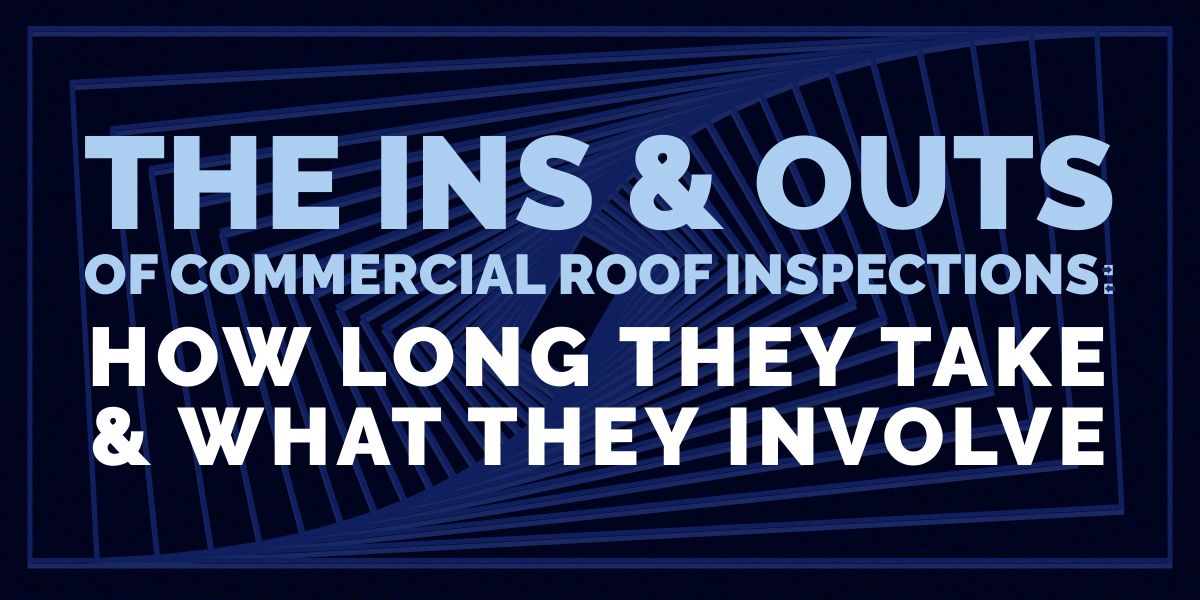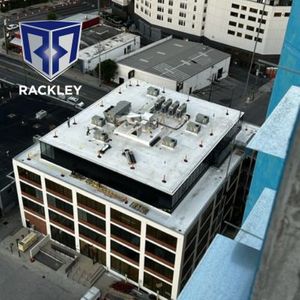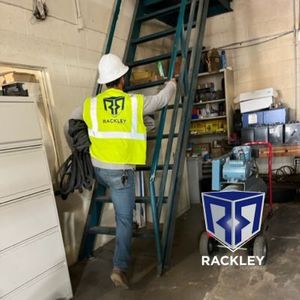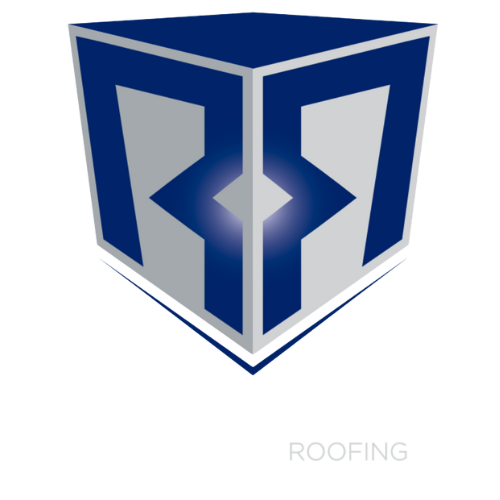A periodic commercial roof inspection is one of the most effective ways to avoid catastrophic loss to commercial, industrial, retail, or governmental property. By taking proactive measures, a building manager can identify problem areas early and better understand the roof’s current condition. Ideally, the best approach is to conduct a commercial roof inspection twice annually as a part of routine maintenance or service calls so that scheduling is a natural part of the business routine that is already established.

The Ins and Outs of Commercial Roof Inspections: How Long They Take and What They Involve

How Long Does A Commercial Roofing Inspection Take?
Several factors impact the length of time involved with a commercial roof inspection. On average, expect the inspection to take approximately 1 hour for a building between 5,000 and 20,000 square feet. A larger building may take additional time to evaluate.
Here are factors impacting how much time a commercial roofing inspection requires:
- The ability to access all portions of the building efficiently and effectively
- The aggregate of roof penetrations (vents, chimneys, skylights)
- The amount of different roofing materials utilized
- The extensiveness of damage to the building and roof
- The number of roofing sections and divisions
- The size of the building, including its square footage, its height, and its dimensions
A complex building design may require several hours for a thorough inspection. Before beginning the process, an experienced technician can provide a rough estimate of the time necessary to facilitate the comprehensive evaluation of the building, including the roof.
What To Expect From A Commercial Roofing Inspection
Identify Any Problem Areas And Trace To The Root Cause
Typically, a commercial roof inspection begins from inside the building. By examining the issue itself and following a path back to the source, the technician can better understand the situation. Ultimately, they will perform a perimeter walk and eventually traverse the entirety of the roof in search of hidden or “not so obvious” problems that require addressing.
Document Evidence To Share With The Business Owner
Throughout the inspection process, expect the technician to meticulously track any observations with photographic and video documentation. They will also take notes and draw detailed outlines or sketches of problem areas. During the analysis, the technician may secure several core samples (small portions of the roof) for further examination on or offsite.
Propose and Explain Solutions To Fix The Issues
A reputable commercial roofing company understands the importance of preparing a detailed written report to make available to the business owner. Within that report, a set of viable recommendations should emerge. Once an inspection is completed and the report is ready, an estimator will prepare a proposal. The proposals at Rackley are then delivered by project managers. Typically, the next steps in the process include a recommendation to repair, restore, or replace damaged areas, including what direction seems most advisable.
Offer A Detailed Written Estimate, Including A Price
No commercial roofing inspection process is complete without supplying a detailed written estimate of the likely cost to pursue a particular course of action. A project manager will also lay out an estimated timeframe so that the business owner can understand what impact the repair, restoration, or replacement work might have on the operations aspect of the business.
What Does A Commercial Roof Inspection Evaluate
A knowledgeable commercial roofing technician understands what aspects of a roof to scrutinize. Those areas include the following:
- Conditions that inhibit adequate water drainage
- Material defects to the roofing system
- Potential threats that would compromise the roof
- Signs of possible leaks or moisture intrusion
- The overall condition of the roofing system
- Unusual circumstances that do not have an easy explanation
Within this scope, expect the technician to examine the building’s interior, envelope (membrane), attic areas, flashings, edges, joints, roofing materials, underlayments, gutters, drains, downspouts, scuppers, rooftop equipment, vents, chimneys, skylights, and penetration points. The technician may incorporate infrared technology and involve drones to access difficult-to-reach areas.

Requirements Of The Building Owner During The Commercial Roof Inspection
Accessibility:
To make the inspection process more efficient and productive, a building manager should consider accessibility factors. Ensure that the technician can enter any areas of the building or roof with minimal obstructions. Remove potential barriers that might prevent the technician from accessing “difficult-to-reach” areas unimpeded.
Convenience:
Rackley Roofing technicians are understanding of the needs of your business. They will work hard to make sure that there are no disruptions in daily operations due to an inspection. It is always best to ask the technician in advance what they need to perform their job so that expectations on both sides will be clear.
Warranties:
If the building has one or more roof warranties (including any labor or manufacturer warranties), the building manager should make any such warranty available for reference. Ideally, any such warranty will be provided to Rackley before commencing the inspection so that they know what warranty coverage exists.
Additional Information:
Before meeting with the technician, the building manager should speak with the occupants (i.e., tenants, residents, and employees) to better understand the scope of the situation (e.g., observed damage). The building manager should also extract any relevant building plans, records, and layouts for convenient access by the technician.
Hiring A Knowledgeable Commercial Roofing Company
For building managers in the Southeastern US, Rackley Roofing offers unsurpassed certified commercial roof inspection services. This commitment to exceptional service extends to roof repair, restoration, and replacement. Schedule an appointment today to arrange a commercial roofing inspection or learn more about Rackley Roofing’s broad range of roofing services.
